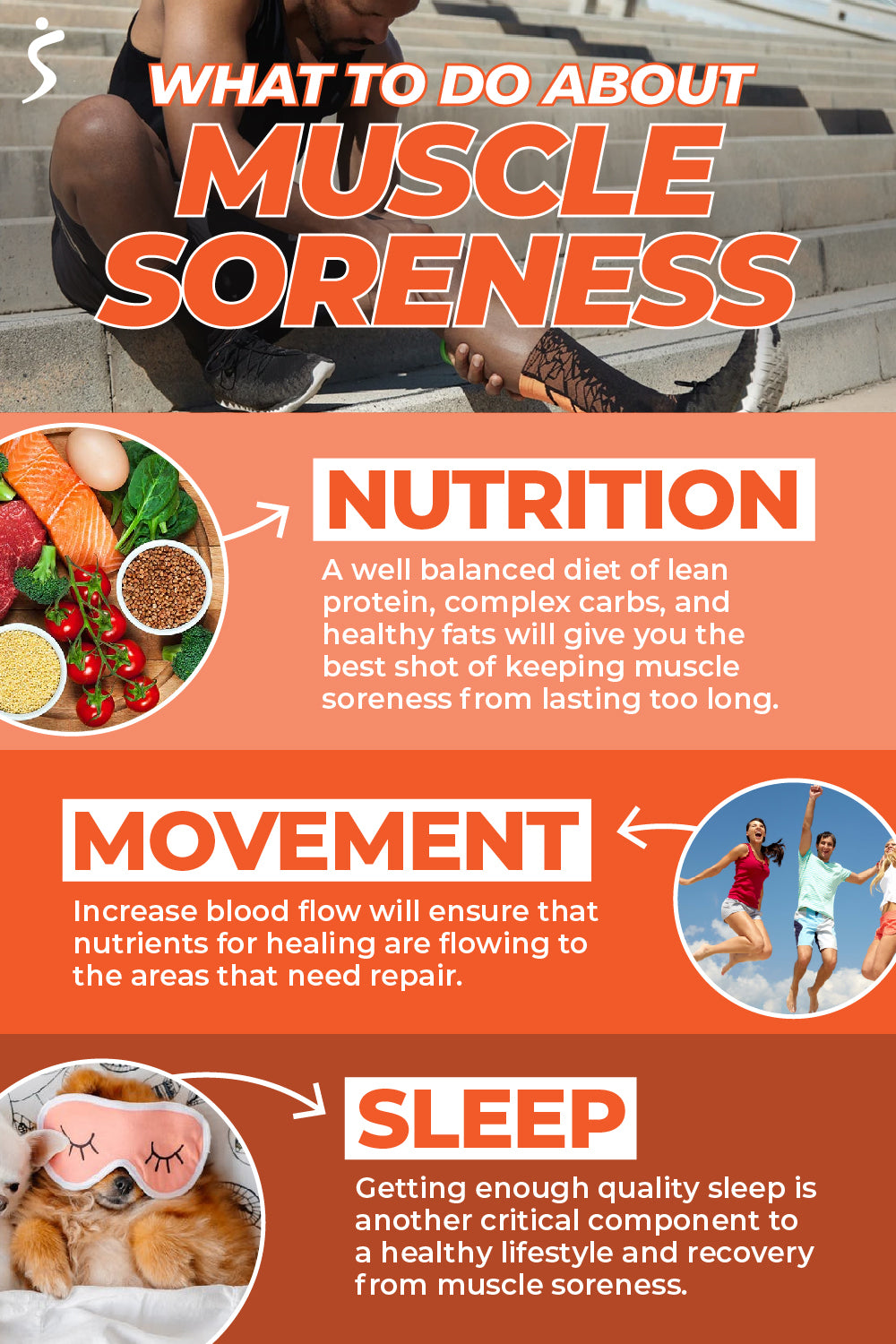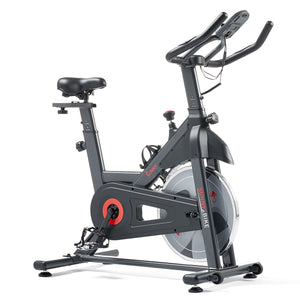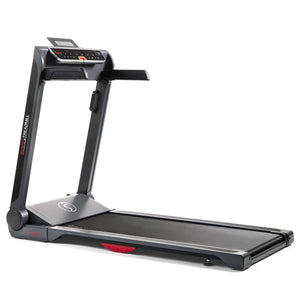If you have participated in any form of exercise or strenuous activity you have probably experienced some level of muscle soreness. It’s important to be able to distinguish the differences in kinds of soreness. There are two types of soreness that you can feel in your muscles. The first type is called acute muscle soreness and the second is often referred to as DOMS or delayed on set muscle soreness. Acute muscle soreness develops right after you are done with your exercise activity. DOMS usually occurs between 24 and 72 hours after exercise. The acute version of muscle soreness is caused by the accumulation of lactic acid in the muscle with causes soreness. DOMS arrives as a result from activity that causes very small muscle tears within the muscle tissue or other surrounding tissues. While there are two different kinds of soreness, it is possible to experience both kinds at the same time. If your soreness lasts for more than 72 hours, or your experiences higher levels of swelling and pain, you may be experiencing something more serious that muscle soreness and should go see your doctor.
There are some people that welcome seemingly debilitating levels of muscular soreness. For those of us that would rather not experience the pain of not being able to sit on to the porcelain throne after a hard leg day, we need to realize that muscles soreness can be a good sign that your workouts are effective and your body is ready to build more lean muscle mass. This muscular trauma that causes pain and soreness will help you muscles stimulate muscle protein synthesis to promote muscle growth and strength gains. It should be noted that in extreme cases, excessive muscle soreness can lead to a very serious condition called Rhabdomyolysis. While most people won’t push themselves to reach the uncomfortable levels of physical activity that could lead to this condition, those who are frequently engaging in intense levels of exercise should use caution.
If you are still sore from a workout, you would be wise to not engaged in the same workout that brought on the soreness until the soreness subsides. During this time of healing, there are ways that you can ensure muscle soreness does not last longer than it should. This article will provide you with three areas to focus on so you can bounce back quickly and be ready to engage in your next workout.
1. Nutrition
Your body requires adequate nutrients to function optimally. This is even more important when your body is trying to heal from the stress and damage produced following a workout. Proper nutrient intake will help you recover faster and help your muscle rebuild before you start your next workout. Ensuring that you get enough protein and carbohydrates after your workouts will help ensure your muscles have enough amino acids and carbohydrates to repair and refuel for your next workout. Don’t forget about the vital micro nutrients in fruits an vegetables that can also increasing your healing potential. A well balanced diet of lean protein, complex carbs, and healthy fats will give you the best shot of keeping muscle soreness from lasting too long.
2. Movement
While resting the muscles you worked is important for recovery, that doesn’t mean you should take a load off on the couch for the next couple days. Restorative movement like active stretching, walking, and other low impact activities can help increase blood flow to your sore muscles. The increased blood flow will ensure that nutrients for healing are flowing to the areas that need repair. If you’re not sure what kinds of low impact activities you can do, give the two routines below a try the next time you feel too sore to complete your normal workout routine.
3. Sleep
Getting enough quality sleep is another critical component to a healthy lifestyle and recovery from muscle soreness. We have written a number of articles on the importance of sleep. Check out this article if you are curious about how sleep affects your workout performance. If you are looking for more info on sleep, check our articles on strategies for quality sleep and strategies for improving sleep.
Remember, you usually don’t have to be concerned about muscle soreness. It is often necessary for physical improvement. You also don’t need to necessarily be very sore to know you achieved a good workout.

























Add Your Name & Email
Please enter your name and email to continue.We won’t display your email publicly.